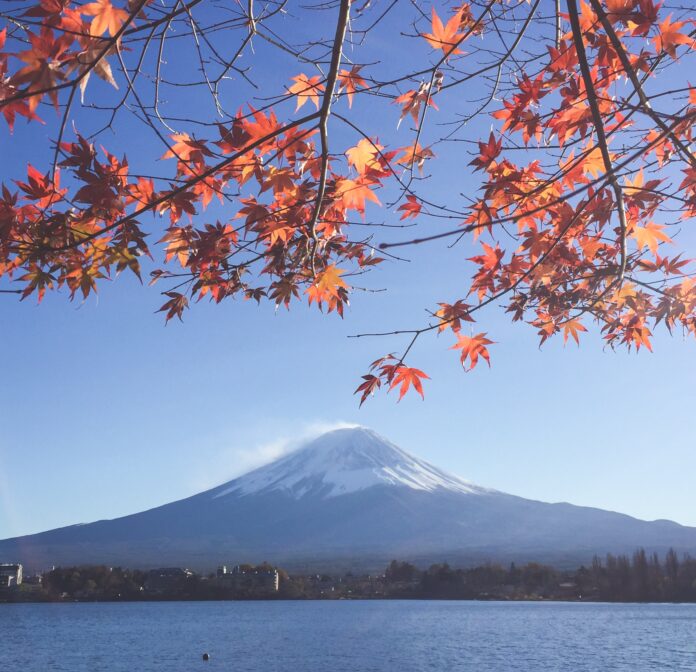There are plenty of reasons to visit Japan: the food, the cherry blossoms, the architecture—and now, there are 7,000 more.
The islands of Japan have been inhabited since the Palaeolithic period, with the 4 main islands of Honshu, Hokkaido, Shikoku, and Kyushu making up the country’s territory.
The last report by Japan Coast Guard in 1987 stated that the archipelago consisted of 6,852 in total—until now.
The Geospatial Information Authority of Japan (GSI) has now discovered 7,273 new islands, bringing the number to 14,125.
An piece of land was considered as an island by the authority if it had a circumference of at least 330 feet. When counting those with less, the number came to around 100,000.
It is believed that the discovery is the result of geospatial technology improving since the last report, enabling researchers to identify small island clusters. In addition, the definition of an island has changed since the late ‘80s when the UN Convention on the Law of the Sea did not recognize sandbanks and islands found in lakes and rivers, causing them to be excluded.
The new discovery is not expected to change the size of Japan’s territory.

